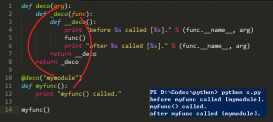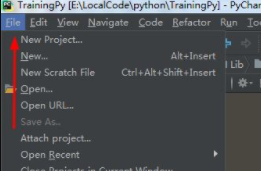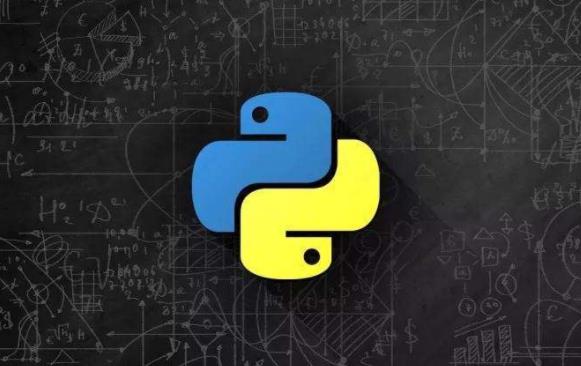next()方法当一个文件被用作迭代器,典型例子是在一个循环中被使用,next()方法被反复调用。此方法返回下一个输入行,或引发StopIteration异常EOF时被命中。
与其它文件的方法,如ReadLine()相结合next()方法工作不正常。然而,usingseek()将文件重新定位到一个绝对位置将刷新预读缓冲器。
语法
以下是next()方法的语法:
|
1
|
fileObject.next(); |
参数
- NA
返回值
此方法返回下一个输入行。
例子
下面的示例演示next()方法的使用。
|
1
2
3
4
5
6
7
8
9
10
11
12
13
14
15
16
17
18
19
|
#!/usr/bin/python# Open a filefo = open("foo.txt", "rw+")print "Name of the file: ", fo.name# Assuming file has following 5 lines# This is 1st line# This is 2nd line# This is 3rd line# This is 4th line# This is 5th linefor index in range(5): line = fo.next() print "Line No %d - %s" % (index, line)# Close opend filefo.close() |
当我们运行上面的程序,它会产生以下结果:
|
1
2
3
4
5
6
7
8
9
10
|
Name of the file: foo.txtLine No 0 - This is 1st lineLine No 1 - This is 2nd lineLine No 2 - This is 3rd lineLine No 3 - This is 4th lineLine No 4 - This is 5th line |















